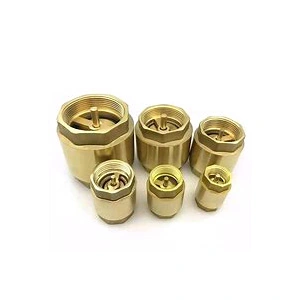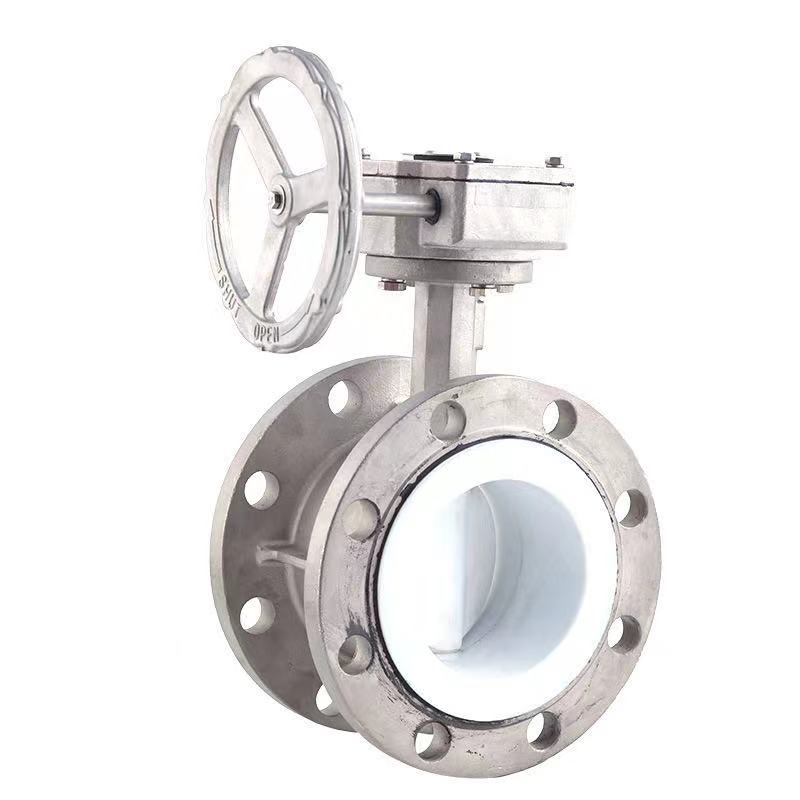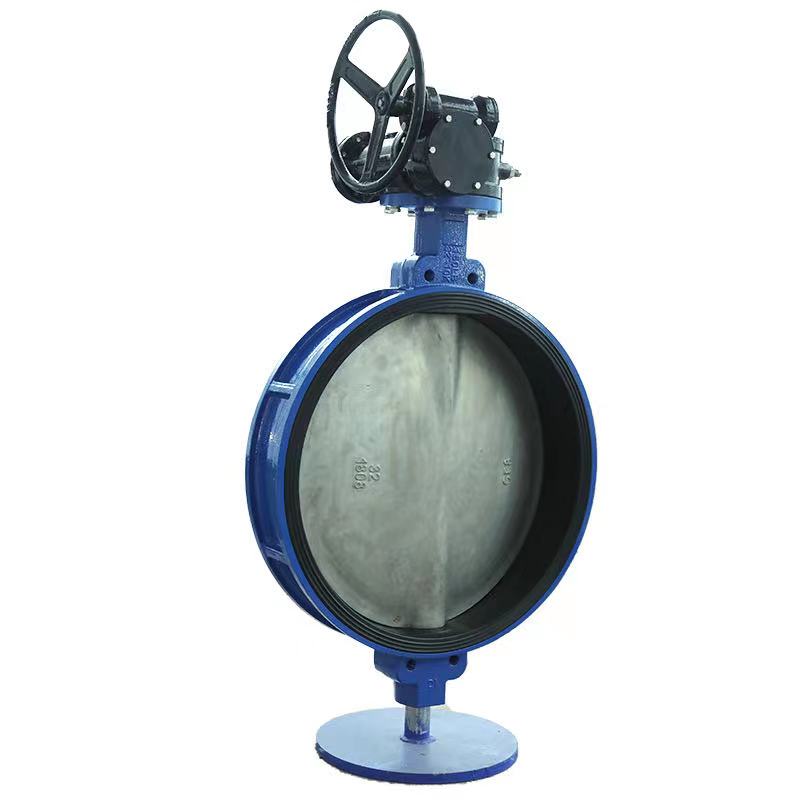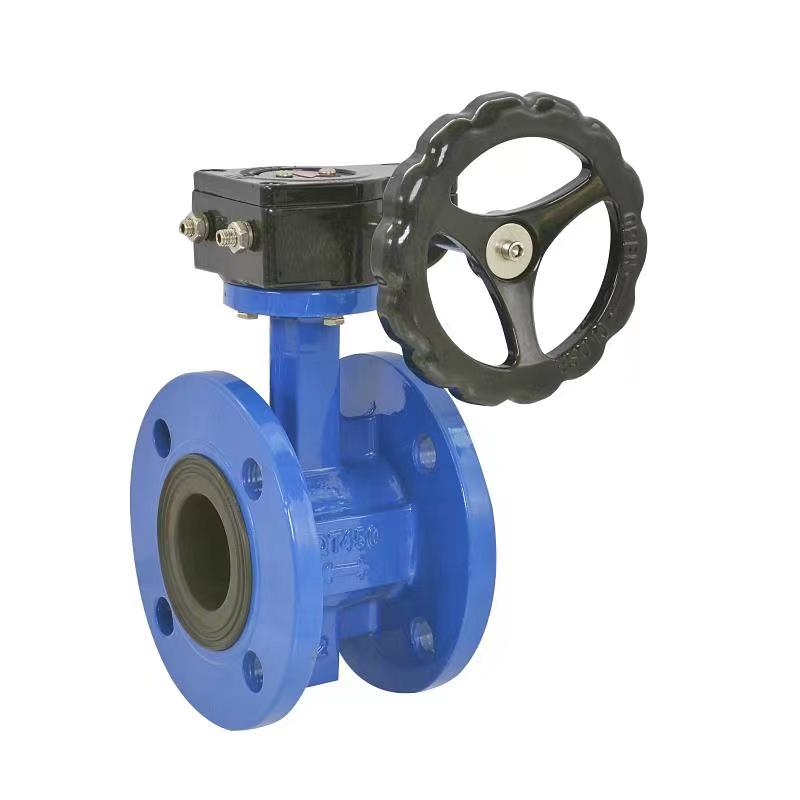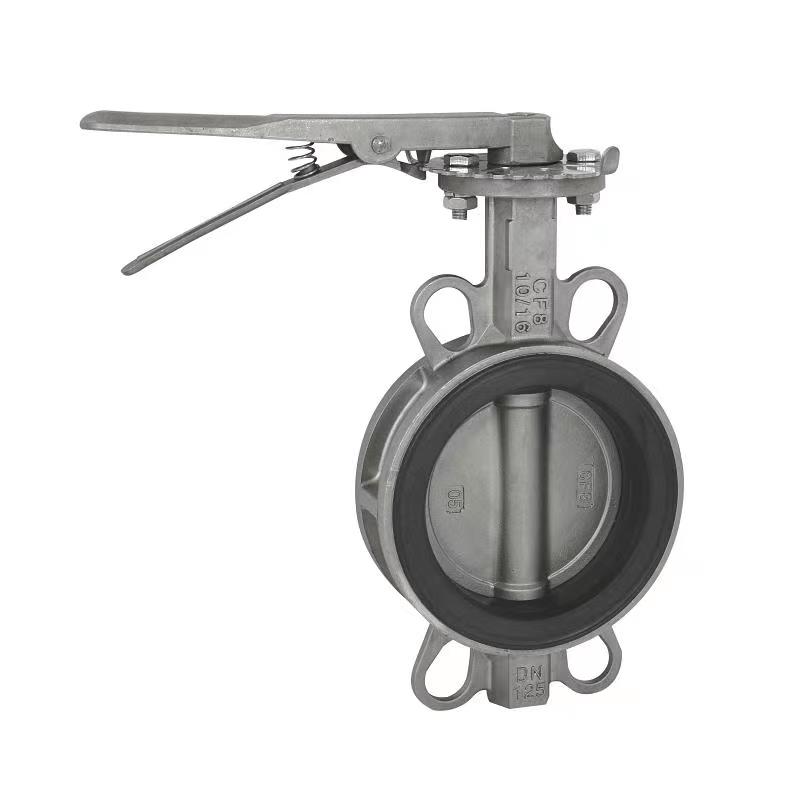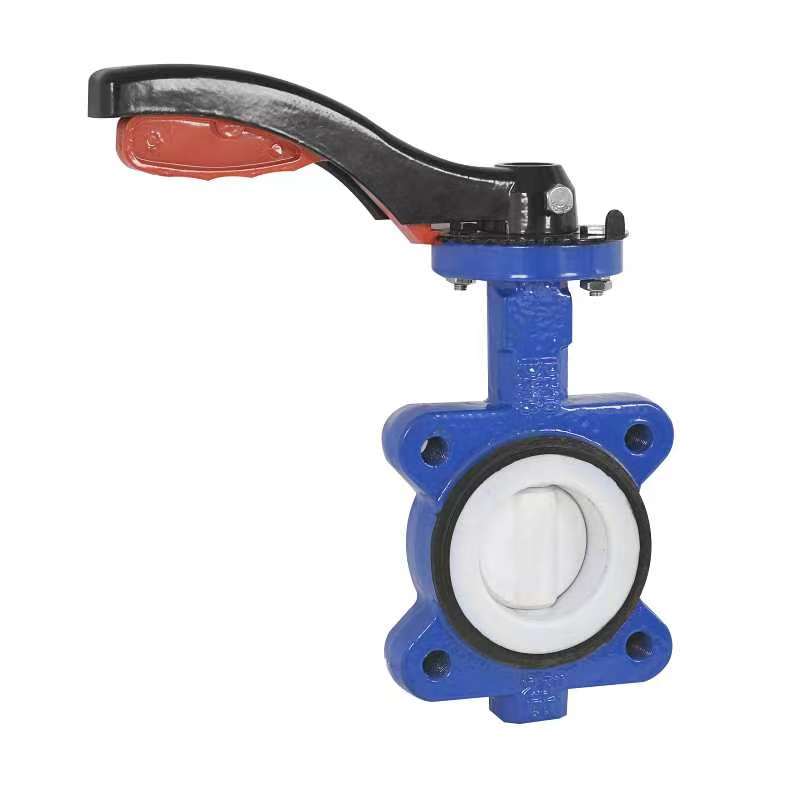- English
- Español
- Português
- русский
- Français
- 日本語
- Deutsch
- tiếng Việt
- Italiano
- Nederlands
- ภาษาไทย
- Polski
- 한국어
- Svenska
- magyar
- Malay
- বাংলা ভাষার
- Dansk
- Suomi
- हिन्दी
- Pilipino
- Türkçe
- Gaeilge
- العربية
- Indonesia
- Norsk
- تمل
- český
- ελληνικά
- український
- Javanese
- فارسی
- தமிழ்
- తెలుగు
- नेपाली
- Burmese
- български
- ລາວ
- Latine
- Қазақша
- Euskal
- Azərbaycan
- Slovenský jazyk
- Македонски
- Lietuvos
- Eesti Keel
- Română
- Slovenski
- मराठी
- Srpski језик
- Esperanto
- Català
- שפה עברית
- Cymraeg
- Latviešu
- icelandic
- ייִדיש
- беларускі
- Hrvatski
- Kreyòl ayisyen
- Shqiptar
- Malti
- lugha ya Kiswahili
- አማርኛ
- Bosanski
- Frysk
- ភាសាខ្មែរ
- ქართული
- ગુજરાતી
- Hausa
- Кыргыз тили
- ಕನ್ನಡ
- Corsa
- Kurdî
- മലയാളം
- Maori
- Монгол хэл
- Hmong
- IsiXhosa
- Zulu
- Yoruba
- অসমীয়া
- ଓଡିଆ
- Twi
- Samoa
- Sesotho
- සිංහල
- Gàidhlig
- Cebuano
- Somali
- Тоҷикӣ
- O'zbek
- Hawaiian
- سنڌي
- Shinra
- Հայերեն
- Igbo
- Sundanese
- Lëtzebuergesch
- Malagasy
- Tǝlam Kanuri
- Punjabi
- پښتو
- Chichewa
What are the reasons why ball valves are prone to damage?
2025-09-05
Common reasons for the easy damage of ball valves
Ball valves are widely used in industrial and civilian fields, but they often suffer from damage, mainly due to the following reasons:
quality issue
The poor quality of the ball valve itself is an important cause of damage. Some manufacturers use inferior materials to manufacture ball valves in order to reduce costs. For example, if the valve body is made of metal with insufficient strength, it may deform or break under normal working pressure; The surface of the ball is rough and poorly sealed, which can easily lead to leakage. Frequent opening and closing can also exacerbate wear and quickly cause the ball valve to fail.
Improper operation
Improper operation by the operator can seriously damage the ball valve. When opening or closing a ball valve, excessive force can intensify the collision between the ball and the valve seat, causing damage to the sealing surface and resulting in leakage. For example, in some situations where the medium needs to be quickly cut off, the operator vigorously rotates the handle of the ball valve. If this continues for a long time, the sealing performance of the ball valve will significantly decrease. In addition, using a ball valve for conveying media beyond its pressure and temperature range without understanding its applicable operating conditions can also cause damage to the ball valve. For example, when ordinary ball valves are used in high-temperature steam pipelines, high temperatures can cause the sealing material of the ball valve to age, deform, and lose its sealing function.

Media factors
The properties of the conveying medium have a significant impact on the lifespan of ball valves. If the medium contains solid particles such as sand, iron filings, etc., during the opening and closing process of the ball valve, these particles will wear down the ball and valve seat like sandpaper, gradually thinning the sealing surface and ultimately leading to leakage. In some chemical production, the medium is corrosive and can corrode the metal parts of the ball valve, reducing its strength and sealing performance. For example, media containing chloride ions can accelerate pitting corrosion of stainless steel ball valves, causing problems such as perforation and leakage in a short period of time.
Installation issues
Improper installation of ball valves can also cause damage. Failure to ensure that the inlet and outlet directions of the ball valve are consistent with the flow direction of the medium during installation can increase fluid resistance, generate eddies, impact the ball and valve seat, and cause wear and leakage. In addition, the ball valve was not properly fixed during installation, and under pipeline vibration or medium impact, the ball valve may shake, causing the connection to loosen and leading to leakage.
Related News
- Are there any requirements for the installation direction of butterfly valves?
- How long is the service life of butterfly valves generally?
- What media environments are butterfly valves suitable for?
- What will happen to ball valves at low temperatures?
- What is the basis for achieving ball valve sealing?
- Why can ball valves open and close quickly?






